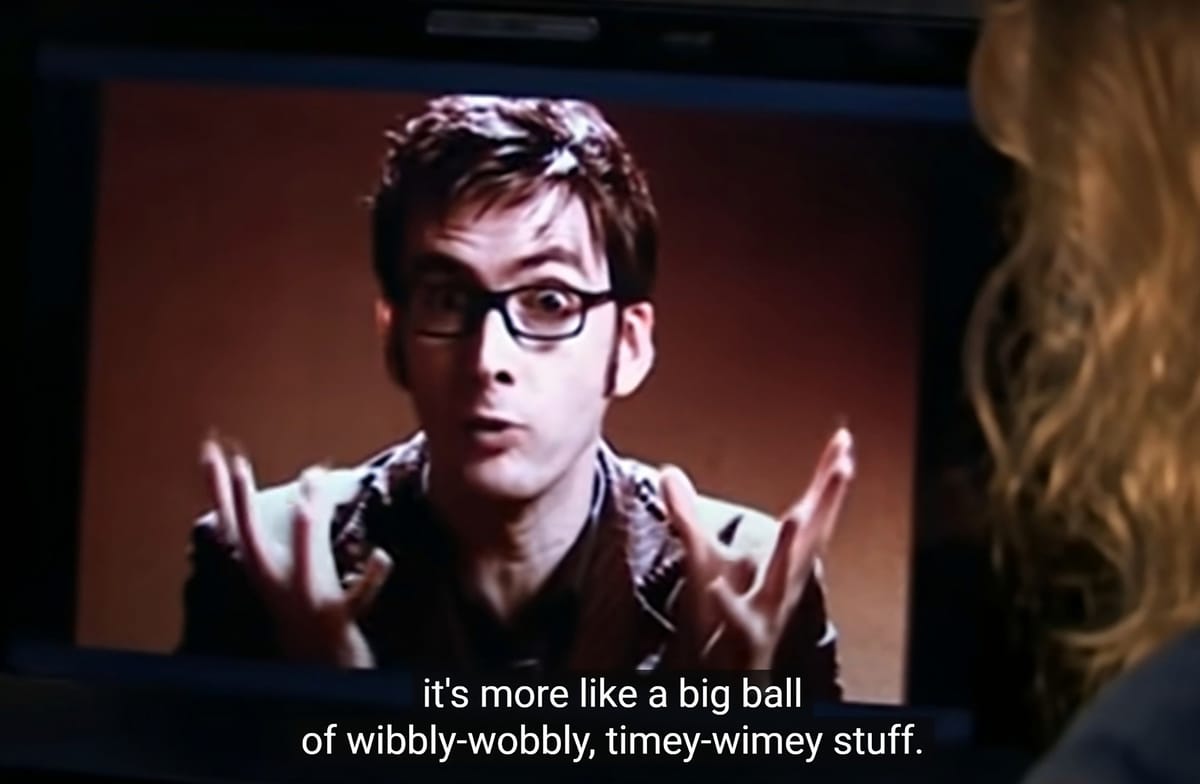📜 #269 - Adding to a legacy

Miguel de Cervantes Saavedra was at work writing a second volume of the stories of Don Quixote when a curious thing happened: A different author published a second volume. Cervantes then made the effort to use his own sequel to criticize the unauthorized volume, yet in doing so made some of that "false Quixote" part of his own canonical story.
Anyone writing a legacy sequel, reunion, or expansion of the universe of a well-loved work of fiction has to walk a very thin tightrope between acknowledging what came before and making their own specific contributions. Otherwise the writer may find themself haunted by the ghost of Cervantes.

What examples and strategies can writers use when working in someone else's world?
In Scriptnotes episode 682, Tony Gilroy talks with John and Craig about Andor, and finding a way to approach a Star Wars story from his own angle:
The show, for me, is the opportunity with the largest possible canvas and the largest possible cast and the most resources you can possibly imagine to tell the story of a revolution and to try to tell the story about what happens to a great variety of people and a great variety of social stratus and on both sides of the fence. What happens to ordinary people as revolution just explodes around them and washes over their life?
Heidi Krull looks at how the Alien series is held together not only by a consistent world and continuity, but by a clearly articulated set of themes present in every iteration. David Barnett gathers together authors of the Alien TTRPG and novels in the Alien universe to talk about what the essential qualities are for a story for this franchise.
Gia Jung explores how Isaac Asimov’s tropes, such as the three laws of robotics, go beyond his own fiction and have inspired original stories, but also the framing of real-world conversations about artificial intelligence. James Dillon suggests Star Wars fandom could take a page from readers of Isaac Asimov, whose own canonical works could contradict each other:
Engaging with stories is always personal, and while critiquing the work we consume is important, there’s also a space where we must be willing to let go and accept the contradictions between our expectations and the stories created by other, equally invested people.
Looking at broader concepts of franchise and legacy storytelling, G.M. Baker points out the trap of writing worldbuilding instead of finding distinct stories to tell within a world. Baker looks at the question of if the world is a setting for a story, or if the story is meant to allow for exploring the world. Jonathan Parkes Allen looks at the repeated retellings and modifications of the Persian-language epic, The Shāhnāmah, through the lens of modern franchise storytelling.
👋 Are you new here?
Inneresting is a weekly newsletter about writing and things that are interesting to writers. Subscribe now to get more Inneresting things sent to your inbox.
And if you can't wait until next week for more Inneresting, check out the Quote-Unquote Apps Blog where we keep previous issues and other posts about screenwriting and things interesting to screenwriters.
Previously on Inneresting…
In case you missed it, in our last issue's most clicked link Eric Barker draws on schema theory and Wittgenstein to offer strategies to change your reactions to the negative propaganda machine in your head.
What else is inneresting?
- Bridging last issue’s topic to this issue’s, James Stanier encourages you to put your ideas out there and avoid feeling overwhelmed by how many others may have come before you with similar ideas.
- Betty Gilpin drives home the point that good acting comes from lived experience, and that an AI-generated performer can only ever be a pleasant-looking piece of property.
- Is it a response to the film Steve Jobs? A celebration of sound and motion? KK Apple’s short The Launch gives a look backstage at the Microsoft team preparing to introduce Windows 95:
And that’s what’s inneresting this week!
Inneresting is edited by Chris Csont, with contributions from readers like you and the entire Quote-Unquote team.
Are you enjoying this newsletter?
📧 Forward it to a friend and suggest they check it out.
🔗 Share a link to this post on social media.
🗣 Have ideas for future topics (or just want to say hello)? Reach out to Chris via email at inneresting@johnaugust.com, Bluesky @ccsont.bsky.social, or Mastodon @ccsont@mastodon.art




